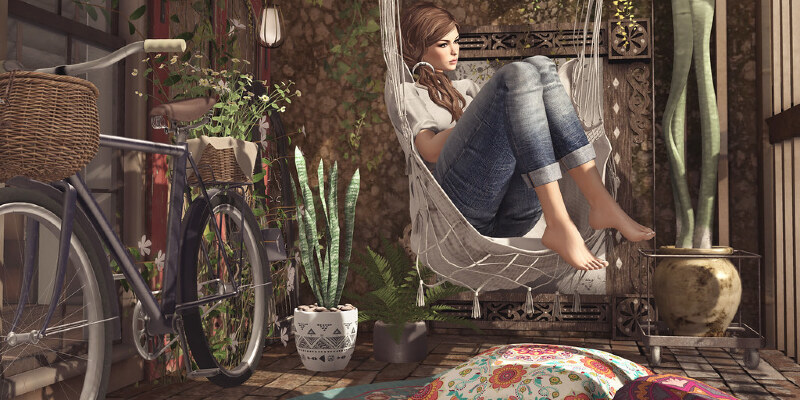A triad color scheme is composed of three chosen colours that are equidistant, or equally spaced, on the 12-point color wheel. Fine artists often use triads in works of art, and In interior design, triad color schemes associate colours in unexpected combinations that add creativity and style to a space. Triads can produce a combination of primary colors, neutrals or similar colours–the aim being to produce a set of vibrant colours that at the exact same time deliver a sense of balance and order into a space.
Basic Vivid Triads
On the 12-point color wheel, basic triads are classes of three hues with three spaces between them. In interior design the primary colours, red, yellow and blue form the most familiar triadic color scheme. These colours harmonize with each other when providing visual stimulation and variety. A color scheme attains unity and variety by limiting the colours in a distance to some version of the three essential triad colors. An illustration of this traditional triad is a room with pale yellow walls, a medium-blue sofa with brick-red throw cushions, two side seats covered in a brick-red and yellowish pattern along with a pale yellow room rug. A room with medium-toned burnt-orange walls, pale leaf-green upholstery fabric and vivid purple and burnt-orange throw cushions utilizes a triad based on the secondary colours green, orange and violet. Combinations of yellow-orange, red-violet and blue-green, or yellow-green, red-orange and blue-violet can also be essential triads on which to create a color scheme.
Complimentary Neutral Triads
The more elaborate three hues of a complementary triad are known as a set of complements which are situated directly across from each other on the color wheel, with a third shade color chosen that’s halfway between them. Choosing a complementary shade halfway between the first two colors lowers the intensity of those original hues. Include lighter or darker hues of any of the three colours to generate a sophisticated selection of impartial or grayed colours that may be used to make a dark space.
Similar Color Triads
A modified triad forms with only one space between the three hues chosen from the color wheel. These colours are closely related and express heat or coolness; however, changing the individual colours changes the emotional impact. By way of instance, pastel tones, formed by adding white to the basic colors, produce a light, airy space. Deeper jewel-like tones, such as emerald green or ruby red, create a brighter, energetic impact. Limiting the basic colours to three controls that the palette and also maintains unity. For instance, paint the walls pale blue that’s been tinted with white, then choose a medium-blue sofa and two deep-violet armchairs and accent the upholstery with green pillows. Define the seating area with a rug stitch in tones of blue, purple and green.
Working With Triads
In any of the triad color schemes, begin by selecting a dominant shade. A dominant hue keeps a triadic color scheme from getting confusing and cluttered. Both supporting colors relate more effectively when they have tiny amounts of this dominant color added to them, for instance, in paint colours. Balance the sum of each triadic color in a place by repeating it at least three times. Many designers suggest utilizing the most impartial of the three hues for 60 percent of the design, the mid-intensity shade for 30 percent and also the most vibrant color for 10 percent. These proportions are merely a suggestion, however, and based on the purpose of the room, it is possible to use the most vivid or the mid-intensity colour as the dominant shade.
